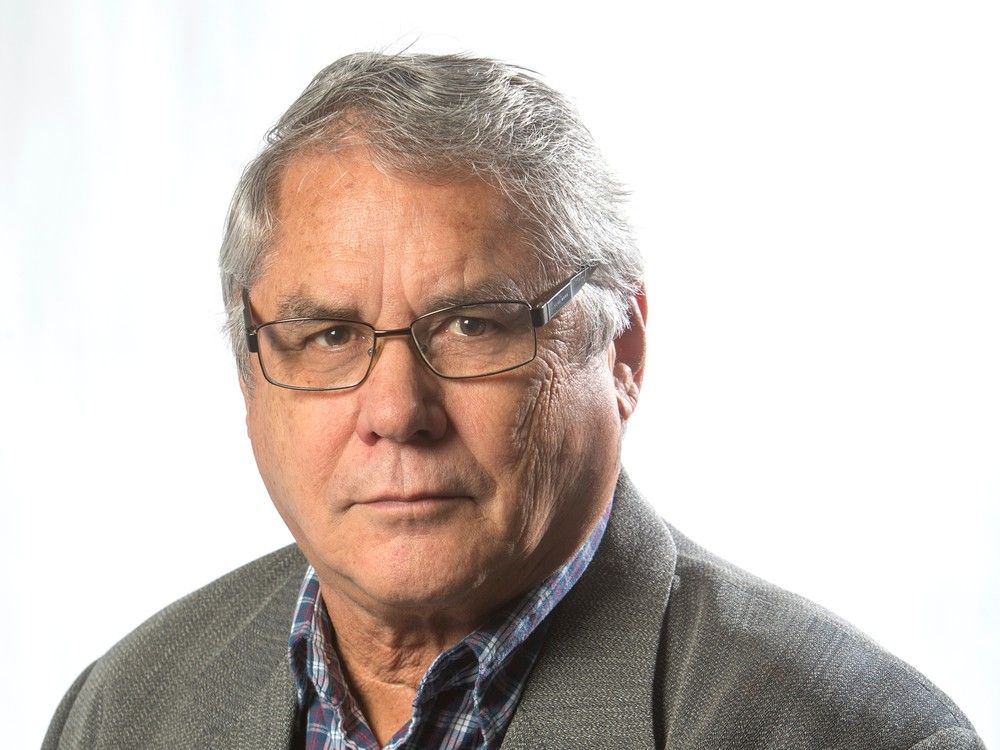In the west the rivers were both important boundaries and means of transportation. Watersheds defined the boundaries of most nations.
The pre-contact map of Canada was very different than the description given by the European nations. They regarded it as empty land with no Christian inhabitants and, therefore, fair game for conquest. Or, as Voltaire referred to it, a “few acres of snow.”
But Turtle Island was an ordered and civilized group of nations that had created their boundaries based on negotiations using the rivers and watersheds.
The boundary between the Haudenosaunee and the Algonquin nations was the Saint Lawrence River, which no doubt had a different name.
In the west the rivers were both important boundaries and means of transportation. Watersheds defined the boundaries of most nations.
The Churchill watershed is the home to the Woodland Cree. The Woodland Cree live along the Churchill River from northern Manitoba to north central Saskatchewan and as far north as Reindeer Lake and as far south as Montreal Lake. The entire area is accessible by waterways that flow into the Churchill River.
The Cree name for the Churchill is Missinippi, which translates as “big water” since it is a chain of lakes rather than a river in the traditional sense. Big River in Cree translates as “mista sipi” which most likely was the Cree name for the Mississippi River.
In Indian country, the Red Deer River or Elk River extends from the Rocky Mountains to the forks east of Prince Albert. It’s a matter of perspective. The early fur traders thought that the Saskatchewan River was one river with a south and north branch.
They were travelling from the east, so they had that perspective. The First Nations perspective was more realistic. The Elk River comes from the elk pastures in the foothills and all the other rivers in southern Alberta join it, so it remains the Elk River all the way to the forks.
The Elk River also forms the boundary between the Blackfoot and Cree territory. This boundary was negotiated in the treaty between the two nations at the Bear Hills in what is now Alberta. The Blackfoot territory includes rivers that flow into the Red Deer River, including parts that are in the United States.
The Blackfoot Nation extends into the United States and is recognized by the Blackfoot reservation in Montana.
The northern boundary of Cree country was also determined by a treaty. In the early 1700s, the Cree and Dene met at a camping place on the Peace River west of Lake Athabasca. Today the area is called Peace Point.
The two nations agreed to live in peace and the Peace River would be the boundary. The name Peace River is used by both nations and the treaty gave the river its name. This gave the Cree access further inland and eventually they settled as far west as Moberly Lake in what is now British Columbia.
The watershed of the Mackenzie River forms the land base for the Dene Nation. This vast watershed goes as Far East as Wollaston Lake in Saskatchewan to its northern terminus at the Arctic Ocean. The Dene in northwest Saskatchewan enter the Mackenzie watershed via the Clearwater River.
In Saskatchewan and Alberta, the Saskatchewan River played an important role. The people along the river were known as the upstream people, or the river Cree.
This area included the confluence of the Battle River and the Saskatchewan River known as Battleford, since it was relatively easy to ford the Saskatchewan River at that location. The western end was Rocky Mountain House, which was the end of the navigable part of the river.
During the negotiations for Treaty No. 6, Chief Red Pheasant was the leading chief of the river Cree.
Canada was not an empty land before European contact. We had political boundaries, commerce and alliances. We are people of this land, and our roots go deep. This is borne out by the relationship we have with the waterways and landmarks.
We weren’t discovered and the European explorers didn’t go where nobody had gone before. In fact, they were guided along long-existing canoe roots that connected the land and formed an inland trading empire.
Our people created the infrastructure for Canada; all the newcomers had to do was adopt it.


